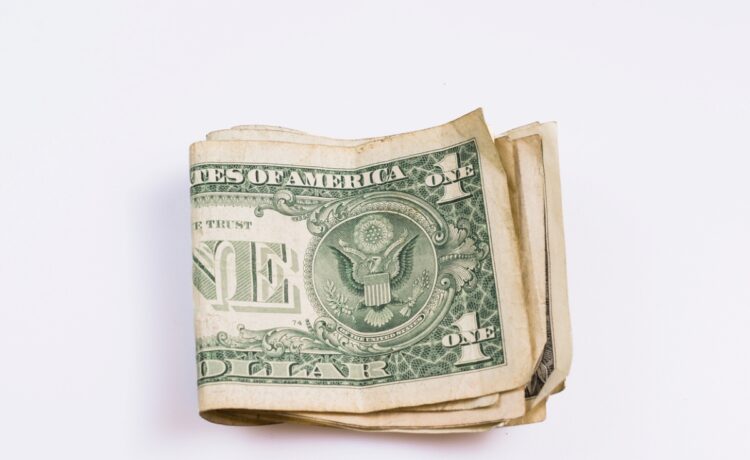We may earn revenue from the products available on this page and participate in affiliate programs. Learn More ›
Pinching pennies, tightening belts—many sayings describe saving money in tougher times. Shopping at a dollar store is a way to save some coin on essentials, but what happens when the dollar store itself is scrounging for cash? We’re keeping you updated every week on the latest news in the home improvement world, recommended reads, deals and sales worth your while, and more. In this installment of our news digest, we’ll dive into the Dollar Store’s announcement, who’s moving house (and who is not), and how this is leading to a surge in home remodeling.
Extra, extra! FREE tickets are now available for our April webinar, “How to Get Rid of Weeds Once & For All!”
On Wednesday, Dollar Tree announced that it would be selling the Family Dollar brand of stores for a whopping $1 billion to two private capital firms, Brigade Capital Management and Macellum Capital Management. The price is a fraction of the $9 billion Dollar Tree spent to purchase the brand in 2015.
This may come as a surprise to many who assume that dollar stores are generally doing well in this economy (as they tend to in times of economic slowdown or uncertainty). But Dollar Tree has cited inflation, theft, and the end of pandemic-era benefits from the federal government as the primary reasons for its decision. The company also cited tariffs as becoming a potential barrier for shoppers, which would likely affect its prices and reduce its inventory. In 2021, Dollar Tree—which caters primarily to suburban shoppers with more spending power—had raised the price of most dollar items up to $1.25. Family Dollar is more present in urban areas and caters to shoppers with lower incomes.
It’s a story that’s been repeated over and over again in recent months: fewer people are buying homes, with high mortgage rates playing a big role in the phenomenon. But there have been fewer and fewer homeowners moving, a trend that has been consistent for the past twenty years. According to a new Redfin study, the typical homeowner stays in their home for roughly twelve years. This is down from the pandemic-era moving boom, but it’s still longer than the average tenure pre-pandemic and nearly double the tenure seen in 2005. Places where homeowners are locked into low mortgage rates and have low property taxes like California have an even longer average tenure.





